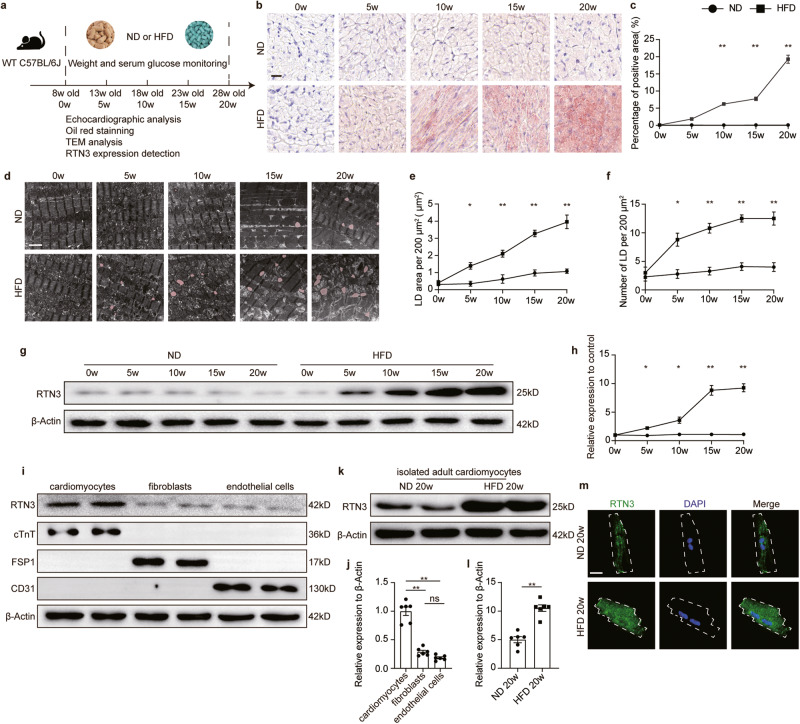Fig. 1. Excessive LD accumulation and increased RTN3 expression were observed in the hearts of HFD-fed mice.
a Diagram of experimental protocol; b Representative oil red O staining images indicating intramyocardial lipid content, scale bar=20μm; c Quantitative analysis of positive area of oil red staining (n = 10 images each group); d Representative TEM images of myocardium, LDs were labeled as red. Scale bar = 2 μm; Quantitative analysis of LD area per 200 μm2 (e) and LD number per 200 μm2 (f) (n = 10 images each group); Representative western blotting images (g) and quantitative analysis (h) of RTN3 protein expression in the heart (n = 6 mice each group); Representative western blotting images (i) and quantitative analysis (j) of RTN3 protein expression in cardiomyocytes, cardiac fibroblasts, and endothelial cells (n = 6 each group); Representative western blotting images (k) and quantitative analysis (l) of RTN3 protein expression in isolated adult cardiomyocytes (n = 6 mice each group); m Representative immunofluorescence images indicating RTN3 and nucleus in isolated adult cardiomyocytes, scale bar = 10 μm. Data are expressed as Mean ± SEM. Differences are significant for *P < 0.05, **P < 0.01.

